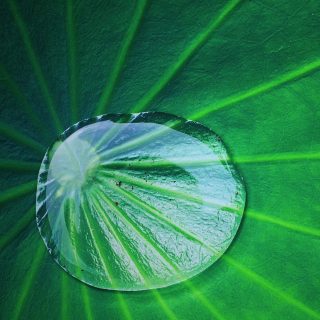Light Trapping

Inspired by super black feathers
To trap the light and direct them towards the active solar panel underneath the coating
Light trapping in solar cells is achieved by increasing the optical path length by multiples of the actual device thickness. The optical path length of a device refers to the distance an unabsorbed photon can travel within the device before escaping.
In the TriNANO AR coating, Light trapping is accomplished by altering the angle at which light travels within the solar cell by incidenting it on an angled nano-textured surface.
Our nano-textured surface will not only reduce reflection but will also couple light obliquely into the solar cell, thus giving a longer optical path length than the physical device thickness, allowing the light to bounce back and forth within the cell many times.
Anti-Reflection

Inspired by Moth eyes
To minimize the reflection loss
An anti-reflection (AR) coating is an important component for reducing reflection loss, increasing absorption, and improving the power conversion efficiency (PCE) of a solar cell.
The TriNANO AR coating consist of a thin layer of dielectric material, with a specially chosen nano-scale thickness so that interference effects in the coating cause the wave reflected from the anti-reflection coating top surface to be out of phase with the wave reflected from the semiconductor surfaces.
A common example of interference effects is the appearance of rainbow-like bands of color when a thin layer of oil is applied to water. These waves that are reflected out of phase destroy each other, so there is no net energy reflected
Self Cleaning

Inspired by Lotus Leaf
To ensure minimum loss of light due to surface absorption of foreign particles like dust, water, oil, grime, bird dropping etc.
The term “self-cleaning surfaces” refers to a group of materials that have the innate ability to clean themselves of dirt and other organic as well as biological contaminants.
The TriNANO AR coating creates a superhydrophilic effect to achieve the self-cleaning behavior in which the solar panel surface repels contaminants such as solid particles, organic deposits, and biological contaminants by creating a higher affinity of the surface towards water ensuring loose contacts between the deposits and the surface. This significantly reduces the cost of maintaining solar panels by reducing the number of cleaning cycles required to keep the surface clean.